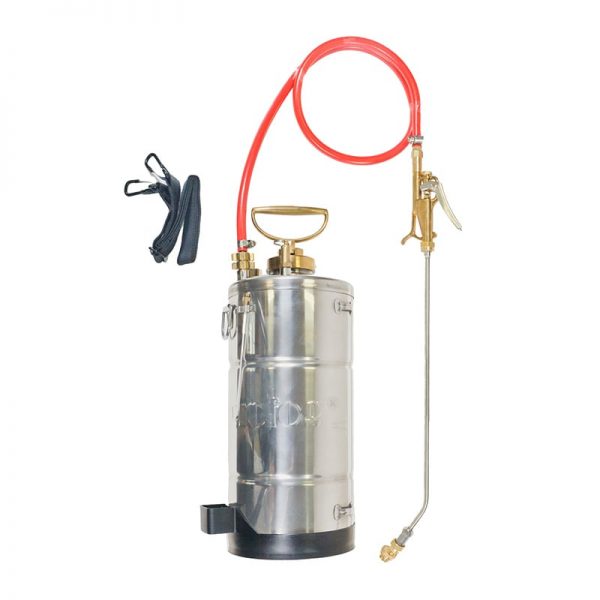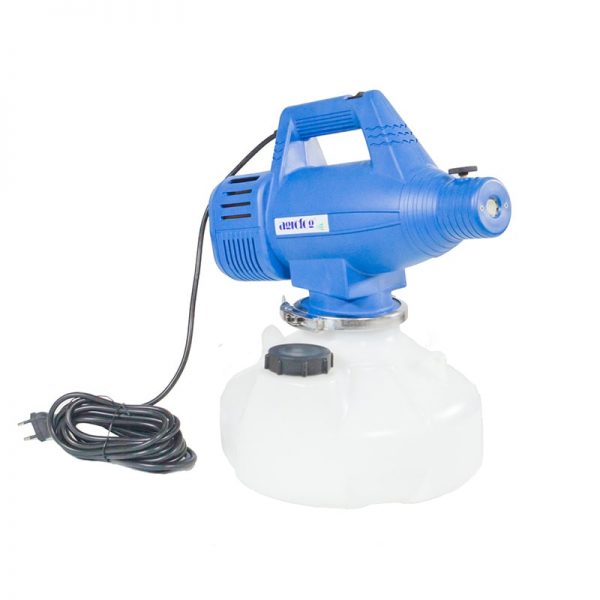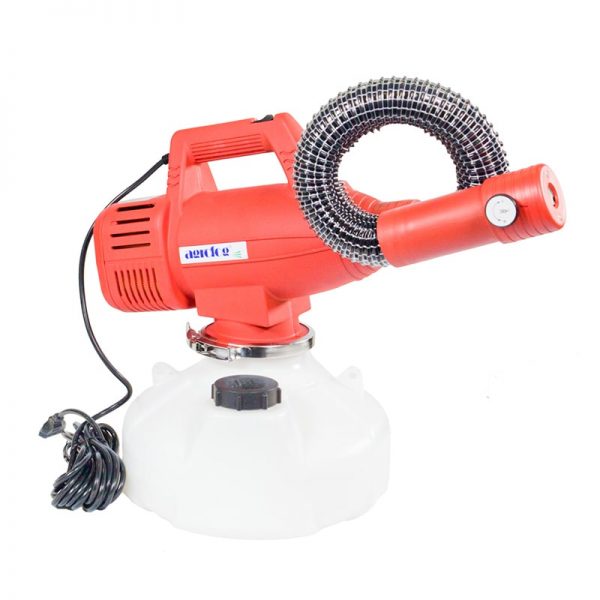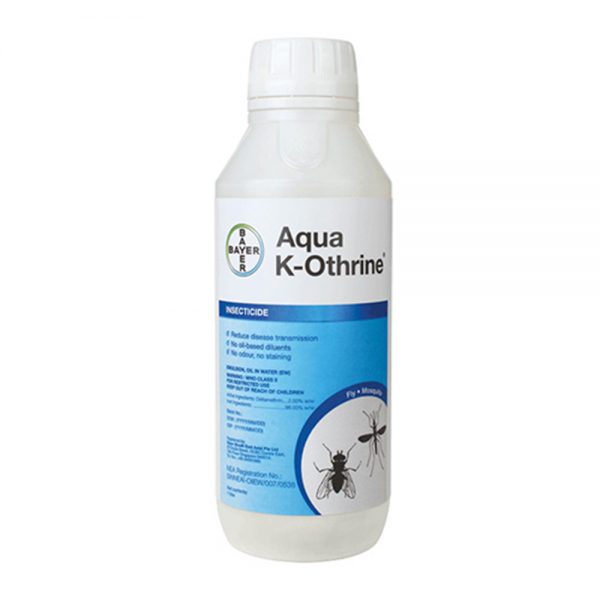BOOKLICE
BOOKLICE FACTS
Psocids (Psocoptera), barklice, barkflies or booklice, are very common in new houses. Despite their name, booklice is general scavengers, they are not true lice and not harmful, do not transmit disease or bite. They can be numerous in humid situations and some people may think they bite or sting. Often mistaken for beg bugs, the blood sucker.
Although the tiny bugs (1 mm in size) can be an annoyance, they really are no more than that and eventually, the humidity in the new house will drop and these small insects will not survive. But if they don’t die off soon enough on their own, you can reduce the humidity more quickly by opening windows, and using fans or dehumidifiers in the rooms that have the problem. They are likely came in on construction materials while the house was being built, and feed on microscopic mold that is growing on the new damp plaster ceiling and wall. Nevertheless, other situations such as water seepage or condensation caused by frequent use of air conditioners and poor ventilation in the kitchen/ bathroom might make the ceiling and walls damp too. Resident may notice visible mould and damp patches in the affected rooms.
Booklice is a stored product pest widely known and often found in warehouses, food manufacturing plants, granaries, museums, library, artefact, domestic and retail premises. They prefer to feed on mold, fungi, grains, insect fragments, and other starchy material. Dry food products commonly infested include cereals, pasta, flour, powdered milk, chocolate, and yeast. Infestation of packaged food products is uncommon, but booklice can be annoying when present in large numbers. Open dry food packages and “non-airtight” packaging that exhibit small openings which permit booklice entry is more susceptible to booklice infestation especially when it is moldy food or packaging.
In nature, most booklice species are found in natural habitats such as animal nests, tree trunk crevices, or under bark and leaves.

METHOD OF TREATMENT FOR BOOKLICE
Booklice thrive in damp and moldy conditions. A booklice infestation can be treated by good hygiene and housekeeping management.
Good ventilation is key to success. Opening windows and doors as much as possible to ventilate and dry out the damp is essential. Use of a dehumidifier might help this process. Areas should be thoroughly aired and dried, wipe away any visible mould, thoroughly ventilate and dry the area where they are found to deter development of moulds and denying its food source. Plumbing and roof leaks can lead to moist conditions that favor booklice, as can condensation from air conditioning systems must be rectified. Commercial products that help to control mold and fungi will also help keep the areas clean and maintain control of mold-feeding pests.
Always keep your dry foodstuffs such as cereals in a cool dry well-ventilated place. Dry food products commonly infested by booklice which include cereals, pasta, flour, powdered milk, chocolate, and yeast should be stacked neatly above the floor level using pallets, away from walls, and should not touch the ceiling. A gap between stacks will allow for ventilation, regular inspection, and cleaning. Inspect carton boxes, packaging materials and pallets upon arrival at warehouses or when brought home from retail outlets. Booklice infested food products in warehouses or homes often go unnoticed until a customer returns an infested product. Segregate infested products in warehouses from non-infested products and cover with plastic until treatment or disposal. Badly infested commodities and moldy articles should be destroyed. Booklice infestations can persist in mold and dead insects and reinvade products stored in warehouses and homes after control of primary infestations. As long as the outlying infestations exist, booklice will wander through warehouses and homes seeking new products to invade.
Booklice can also be treated with chemical control and are susceptible to insecticides.

SIGNS OF BOOKLICE INFESTATION
Booklice can live wherever damp takes hold, so anywhere which is dark, warm and humid is a potential breeding ground. Its infestation can be identified by:
1) Visible dark damp patches on wall and ceiling. Booklice feed on microscopic mold that grow on damp places like the new plaster wall, moist crawlspace or the dark storage room and undisturbed basements.
2) Presence and movement of booklice on walls, surfaces on damp timber surfaces, on furniture, within books or magazines, or in cupboards. They are small and can be noticed by their erratic, darting movement.
3) Clues of white powder left near dry food products such as flour, cereals, and dried meats. Homeowners may notice that some dry food products are spoiling quickly with some dark moldy patches.

TYPES OF BOOKLICE
Psocoptera is the scientific name for this order of insects from a large group of primitive insects commonly known as booklice, dustlice, deathwatches. Booklice that we know is from the family of Liposcelis and Lachesillidae.
Booklice, Liposcelidae and similar species such as L. bostrychophila commonly found indoors, are very small (1/16 inch or 1 mm long), wingless, and look like small moving whitish to yellowish specks. Adults of other less common indoor psocid species, such as the “small-winged southern house psocid”, Psocatropos microps, have wings and actively leap when disturbed.
Cosmopolitan grain psocids, Lachesilla pedicularia, are often found in buildings where cereals, straw products or fresh plant materials are found. The deathwatch psocid, Trogium pulsator, is a winged psocid also found in barns and granaries.
Other associated stored product pests in the dry food storage are booklice (Liposcelis spp.), grain mites (Acarus siro), and flour beetles (Tribolium spp.).


 CHEMICALS
CHEMICALS






